Mobile payment has now become a lifestyle that many people cannot live without. In order to improve the convenience of bus ride payment, passengers are provided with a diverse payment environment. Shenzhen Cardlan according to the requirements of each city's code scanning ride, independently developed a brand-new new vehicle scanning code POS machine, and Cardlan engineers install and debug new car card readers and software in each city every day.
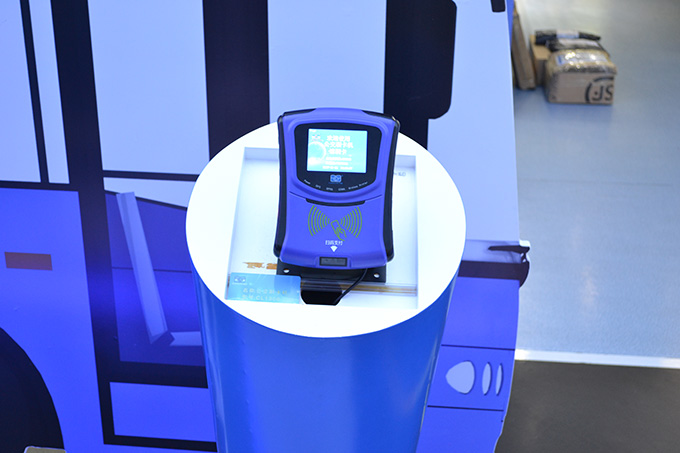
The new vehicle-mounted scanner POS machine produced by Shenzhen Cardlan Technology Co., Ltd. has blue, green, orange and other colors. The upper part is the traditional IC card swiping area, and the lower part can scan the QR code for payment. The qr code is placed close to the card machine. After one second, the tone "Successful payment" will be heard. Later, the deduction record can be queried on the travel record. The reminder is that the QR code has timeliness. The passenger may wish to refresh the QR code before boarding the car to avoid payment failure.
The card mobile payment system of Shenzhen Cardlan Technology Co., Ltd adopts the “first ride, postpay, and password-free” mode. Whether it is the Alipay platform or the WeChat platform, after the vehicle code is swiped close to the swipe code device, the swipe code can be successfully used to enter the bus first. Afterwards, the bus company can deduct the payment, without waiting for the “Payment Successful” page of the mobile phone to appear. Pay time to improve user experience.
The Cardlan mobile payment can be used without recharging. After successfully scanning the code, the system will deduct funds from Alipay or Wechat accounts later. Even if the mobile phone does not have a network, citizens can use the QR code. Because the payment system adopts the dual offline QR code payment technology, the user can click on the QR code to perform normal consumption. After the network is available, the system will automatically update the consumption data to the client for deduction.
After the Cardlan public transport credit card machine has added the scan code payment function, the original credit card function will not be affected. Citizens who are used to swipe the bus card, especially the elderly, can still choose the original payment method. It is reported that Shenzhen Cardlan will carry out more in-depth cooperation with bus companies in cities to provide more convenient, user-friendly, personalized and high-quality travel services to boost the construction of smart cities.
As cities have gradually implemented scan codes, many urban and rural public transport have also implemented WeChat scan codes. Sweeping the code is more convenient and saves the cumbersome process of preparing for change before boarding. At present, passengers can use buses to pay for coins, swipe bus cards, or use qr codes. This is very convenient.
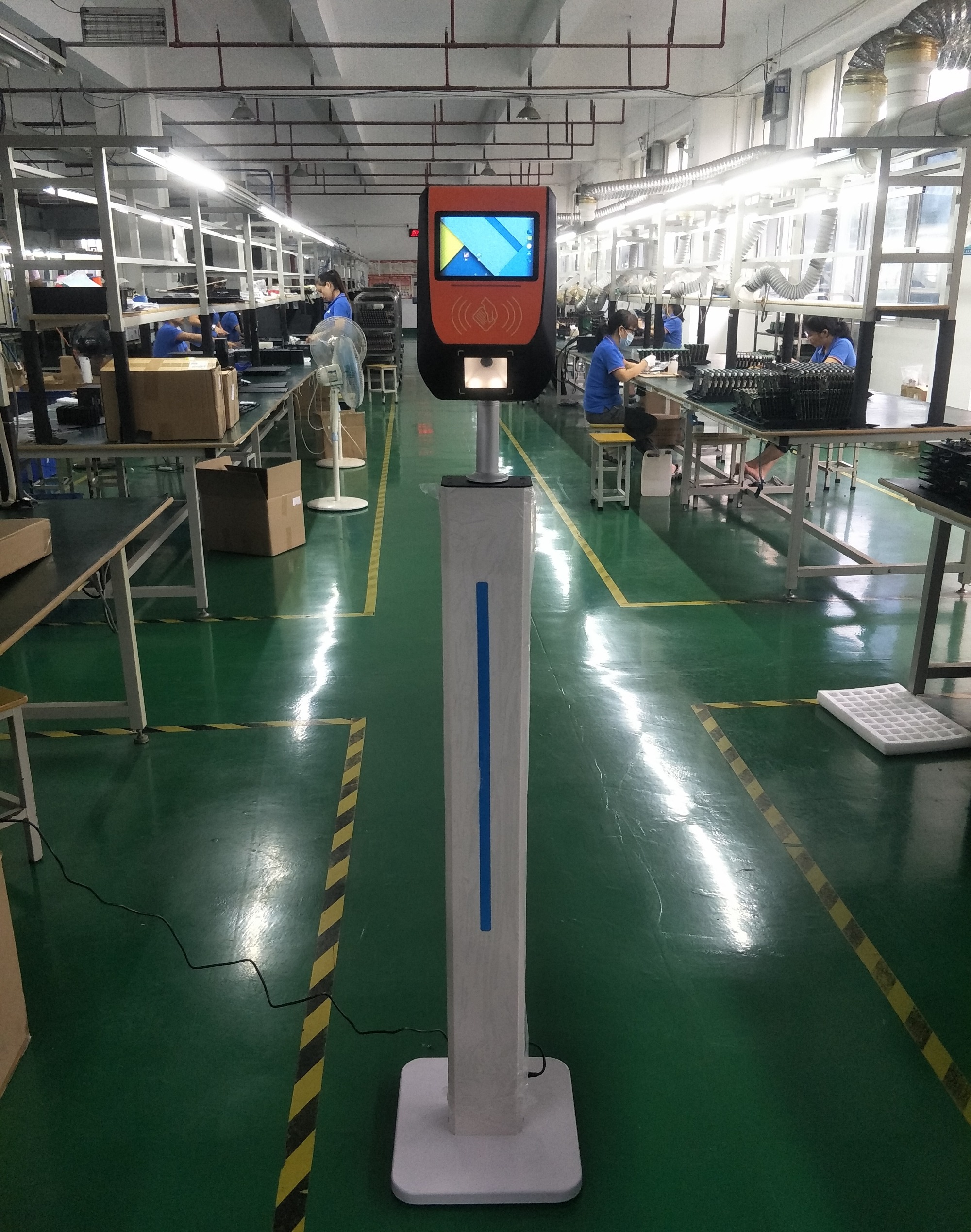 Cardlan provides payment terminals for you!
Cardlan provides payment terminals for you!
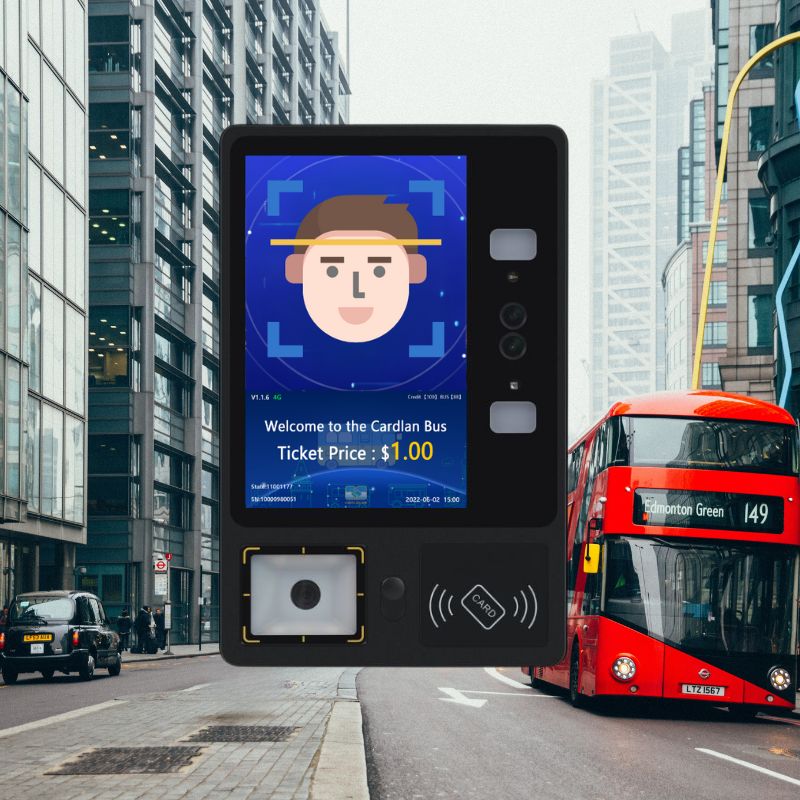 Code Scanning and Recognition Machine for Enterprise Bus (Swipe IC Card + Scan QR Code)
Code Scanning and Recognition Machine for Enterprise Bus (Swipe IC Card + Scan QR Code)
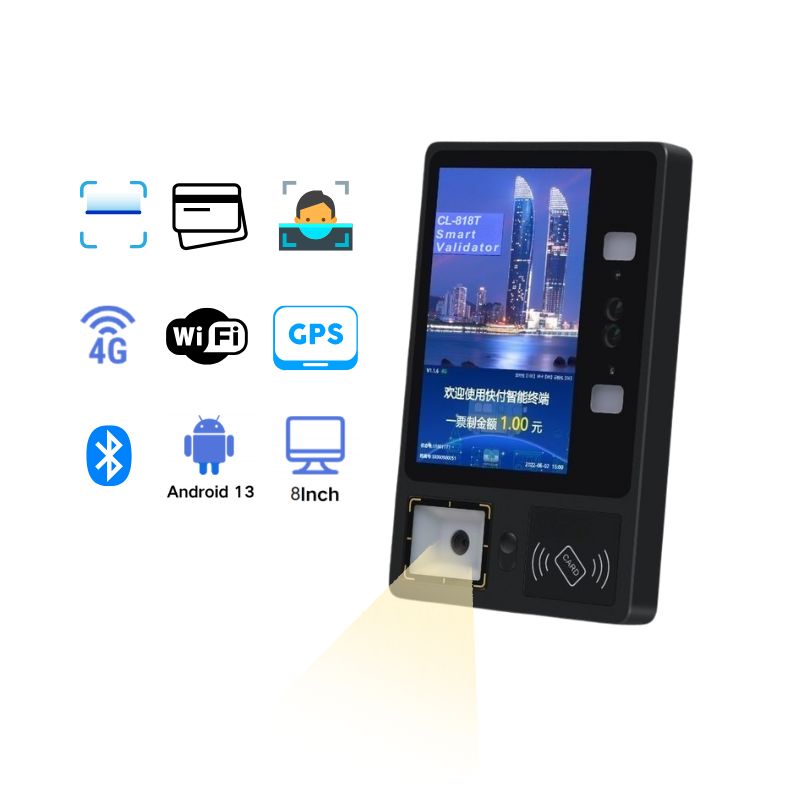 Cardlan complete system and hardward provider
Cardlan complete system and hardward provider
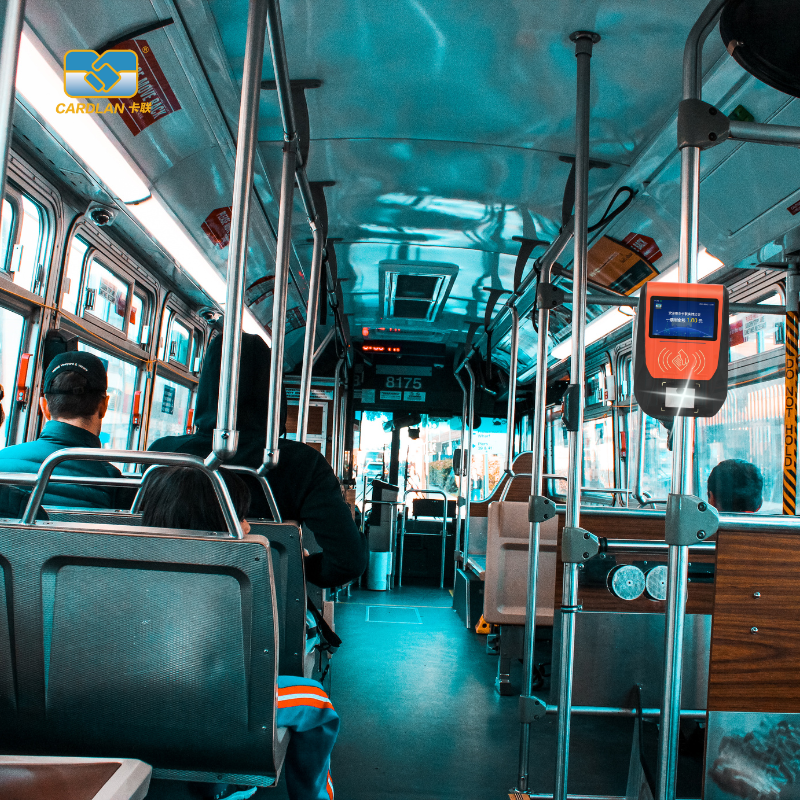 Cardlan flat fare/Zonal fare collection solution
Cardlan flat fare/Zonal fare collection solution